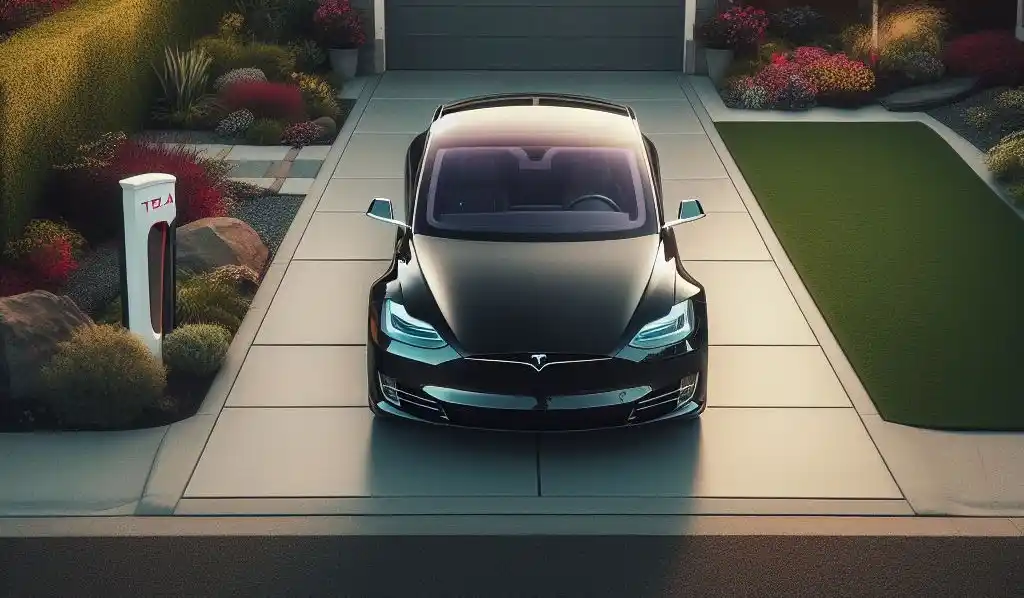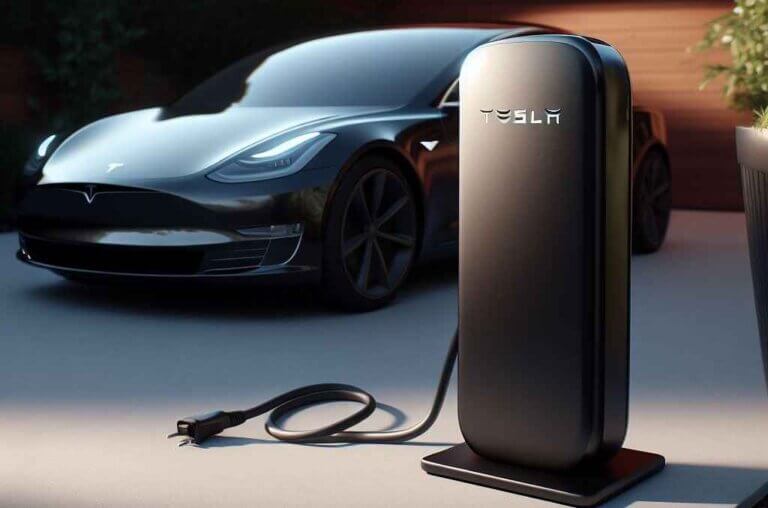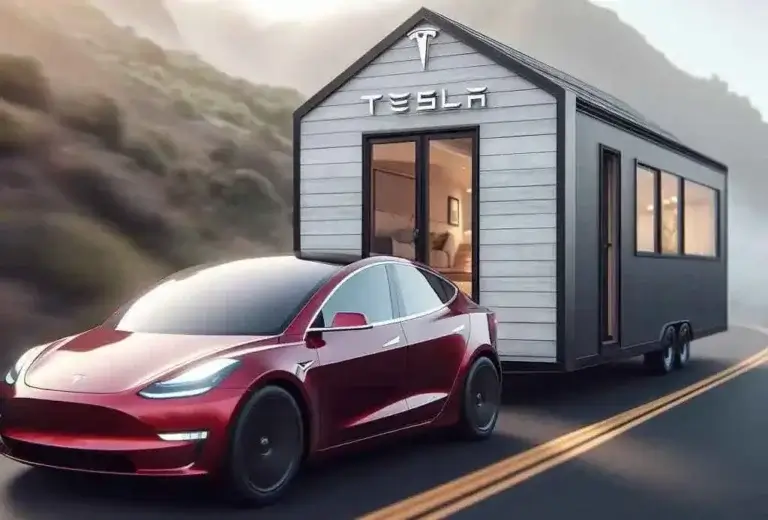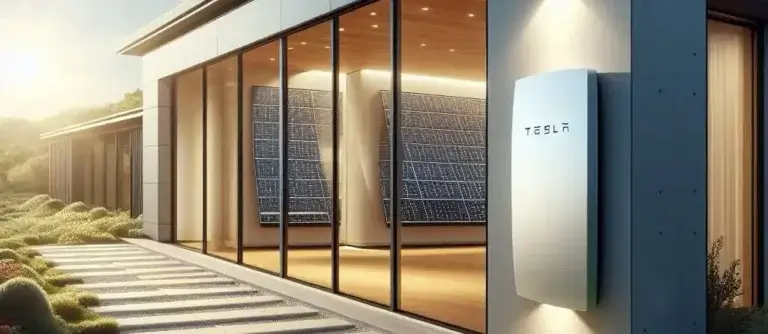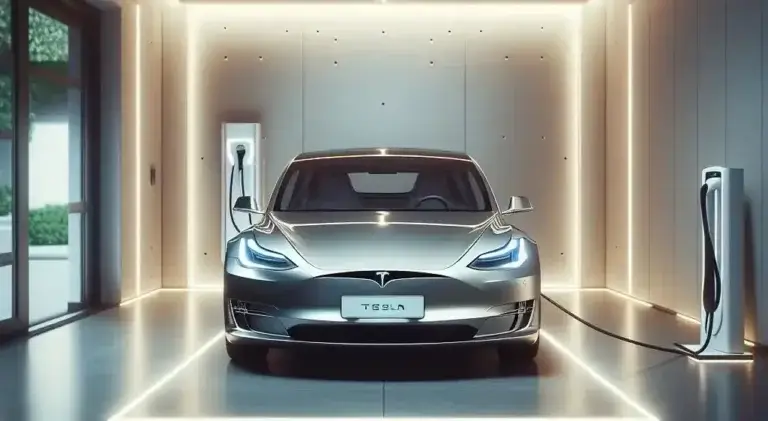How to Charge Your Tesla at Home Without a Wall Connector
As a Tesla owner in the USA, you have several options for charging your car at home, even if you don’t have a Wall Connector installed.
This guide explores How to Charge Your Tesla at Home Without a Wall Connector and alternative charging methods, their pros and cons, and safety considerations to help you choose the best solution for your needs.
Table of Contents
Understanding Home Charging Options
Tesla offers two main home charging solutions:
Wall Connector
This is a dedicated high-powered charging station installed by a qualified electrician. It provides the fastest charging speeds and additional features like scheduling and charging statistics.
Mobile Connector
This comes included with your Tesla and plugs into standard household outlets (120V) or dryer outlets (240V) using the included adapters. It offers slower charging speeds but is a convenient option for those who don’t want to install a Wall Connector.
Charging with a Mobile Connector
The Mobile Connector is your most accessible option for home charging without a Wall Connector. Here’s what you need to know:
Outlet Compatibility:
- Standard Outlet (120V): This is the most common household outlet type. It provides slow charging speeds, typically adding 2-3 miles of range per hour. This might be sufficient if you drive short distances daily and charge overnight.
- Dryer Outlet (240V): This higher-voltage outlet, often used for dryers or ovens, provides significantly faster charging, adding up to 30 miles of range per hour. This is a good option for those who drive longer distances or need faster charging.
Charging Speed:
The charging speed depends on the outlet type you use:
- Standard Outlet (120V): 2-3 miles per hour
- Dryer Outlet (240V): Up to 30 miles per hour
Safety:
- Ensure the outlet is in good condition and properly rated for the charging current.
- Never overload the circuit by plugging in other appliances while charging.
- Inspect the charging cable regularly for damage.
Convenience:
- The Mobile Connector is portable and allows you to charge anywhere with a compatible outlet.
- However, it requires manual connection and disconnection.
Tesla Home Charger Installation Cost
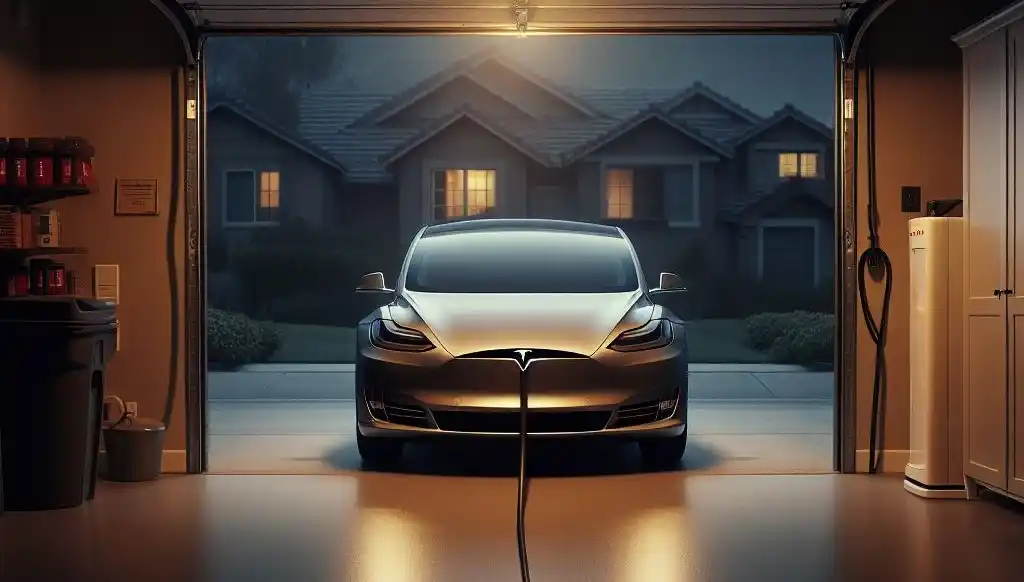
The cost of installing a Tesla home charger (Wall Connector) in the USA can vary depending on several factors but typically falls within the range of $1,000 to $7,000. Here’s a breakdown of the key factors influencing the cost:
Factors impacting cost:
- Electrician rates: Labor costs can vary by location, with electricians in urban areas typically charging more than those in rural areas.
- The complexity of installation: If your home’s electrical panel requires significant upgrades or additional wiring needs to be run, the installation cost will be higher.
- Permits and inspections: Obtaining necessary permits and inspections can add to the overall cost.
Here’s a general guideline:
- Simple installation: $1,000 – $2,000 (existing electrical panel with sufficient capacity and readily accessible installation location)
- Moderate complexity: $2,000 – $4,000 (may involve running additional wiring or requiring minor panel upgrades)
- High complexity: $4,000 – $7,000 (significant electrical panel upgrades or extensive wiring work needed)
Alternative Charging Options
While not ideal for regular home charging, you can consider these alternatives in case of emergencies or occasional needs:
- Tesla Superchargers: These high-powered charging stations are strategically located along major highways and allow for rapid charging (up to 200 miles of range in 15 minutes). They are ideal for long-distance trips but not suitable for frequent use due to potential wait times and costs.
- Public Charging Stations: These are becoming increasingly available at various locations like shopping centers, parking garages, and hotels. Charging speeds and costs vary depending on the provider. While convenient for occasional use, they might not always be readily available and may require payment.
Choosing the Right Option for You
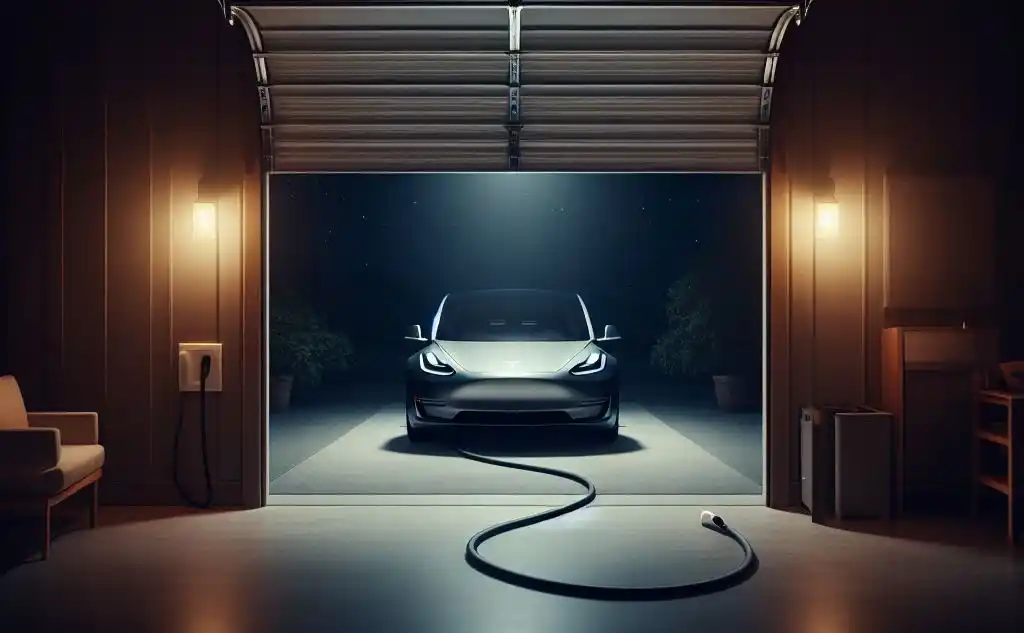
The best charging solution for you depends on your individual needs and driving habits. Consider these factors:
- Daily driving distance: If you drive short distances daily, a standard outlet with a Mobile Connector might suffice. For longer commutes, a 240V outlet or alternative options like Superchargers might be necessary.
- Charging speed: If you need your car charged quickly, a 240V outlet or Superchargers will be faster than a standard outlet.
- Budget: Wall Connector installation costs more upfront but can save money on electricity costs in the long run due to faster charging. Public charging stations and Superchargers come with varying usage fees.
- Convenience: The Mobile Connector offers portability, while a Wall Connector provides a dedicated and convenient charging point at home.
Safety Considerations
- Always follow the manufacturer’s instructions for safe charging.
- Never use damaged charging cables or outlets.
- Avoid charging in wet or humid conditions.
- Be aware of your surroundings and potential hazards when charging in public locations.
Table: How to Charge Your Tesla at Home Without a Wall Connector
| Charging Option | Charging Speed | Pros | Cons |
|---|---|---|---|
| Wall Connector | Fastest (up to 11.5 kW) | Convenient, fast charging, additional features | Requires professional installation, higher upfront cost |
| Mobile Connector (120V) | Slow (2-3 miles/hour) | Portable, no installation required | Very slow charging, may not be suitable for daily needs |
| Mobile Connector (240V) | Faster (up to 30 miles/hour) | Portable, faster than a standard outlet | Requires compatible outlet, slower than Wall Connector |
| Tesla Superchargers | Very fast (up to 250 kW) | Convenient for long trips | Potential wait times, usage fees, not suitable for frequent use |
| Public Charging Stations | Varies by provider | May be readily available in some areas | Slower than Superchargers, variable costs and availability |
Frequently Asked Questions (FAQs)
Can I use an extension cord to charge my Tesla with the Mobile Connector?
No, it is strongly discouraged to use an extension cord for Tesla charging. Extension cords are not designed for the high currents involved in electric vehicle charging and can overheat, posing a fire hazard.
Is it safe to charge my Tesla in the rain or snow?
The Mobile Connector is designed for outdoor use and can safely charge your Tesla in rain or snow. However, avoid charging in areas prone to flooding or excessive water exposure.
How can I monitor my charging status?
You can monitor your Tesla’s charging status through the Tesla mobile app. The app displays information like the current charging rate, estimated time to full charge, and remaining range.
What are the long-term effects of using a standard outlet for charging?
While occasional use of a standard outlet is acceptable, relying solely on it for regular charging can be inefficient and potentially strain your home’s electrical system. It’s recommended to consult an electrician to assess your home’s capacity before using a standard outlet regularly.
How long does it take to charge a Tesla with a supercharger
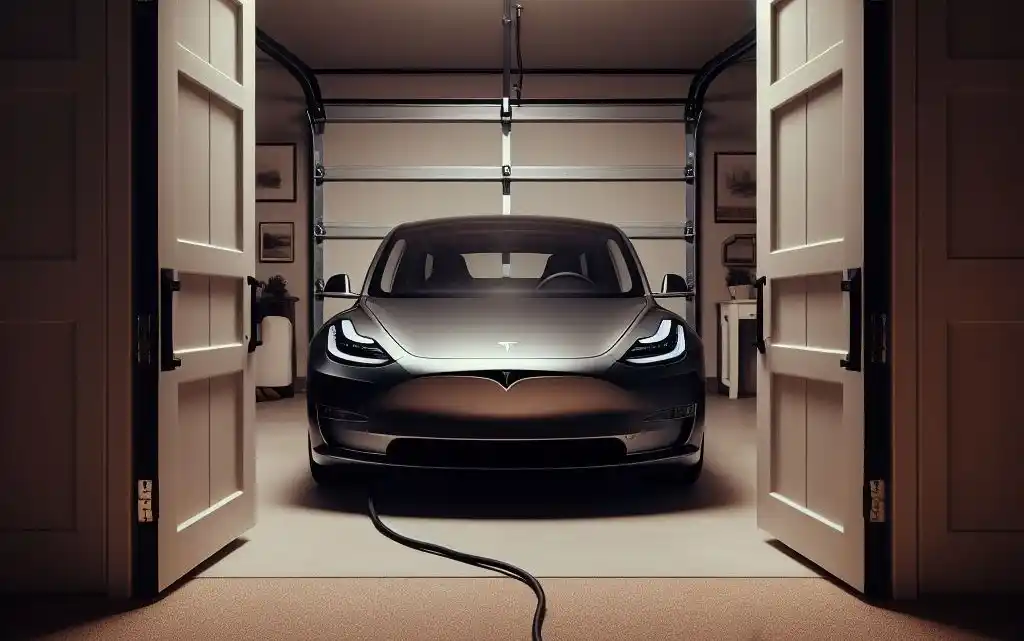
Tesla Superchargers can add up to 200 miles of range in as little as 15 minutes, making them ideal for quick charging on long trips. However, charging time can vary depending on several factors, including:
- Battery level: The time it takes to charge from a lower state of charge will be longer.
- Supercharger type: Newer V3 Superchargers offer faster charging speeds than older V2 models.
- Ambient temperature: Extreme temperatures can impact charging speed.
It’s important to note that these are estimates, and your actual charging experience may differ.
Conclusion
Charging your Tesla at home without a Wall Connector offers several options, each with its own advantages and limitations. By understanding these options, their charging speeds, safety considerations, and your individual needs, you can make an informed decision about the best way to keep your Tesla charged and ready to go. Remember, prioritizing safety and consulting a qualified electrician for any electrical work is crucial.
Additional Tips:
- Utilize off-peak charging: If your electricity provider offers time-of-use rates, consider charging your Tesla during off-peak hours to potentially save on electricity costs.
- Explore community charging options: Some apartment complexes or communities might offer designated charging stations for residents.
- Plan your charging needs: If you frequently take long trips, consider strategically planning Supercharger stops along your route to ensure a smooth and convenient journey.
By following these tips and choosing the right charging solution, you can ensure a seamless and efficient charging experience for your Tesla at home and on the road.

